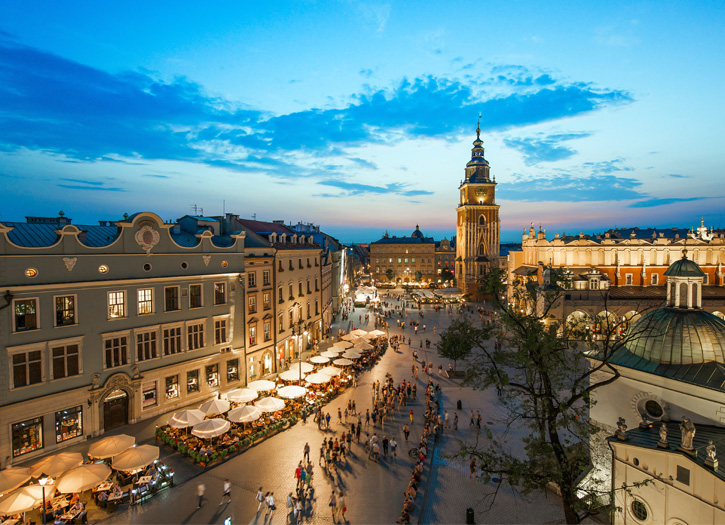In February and March 2020, health authorities in Poland carried out laboratory testing of suspected cases of infection by SARS-CoV-2, one of the seven known human coronaviruses, as well as home quarantining and monitoring. The first case of a laboratory confirmed SARS-CoV-2 infection in Poland was that of a man hospitalised in Zielona Góra, with confirmation announced officially on 4 March 2020. As of 30 October 2020, a total of 340,834 confirmed SARS-CoV-2 cases, 134,724 recoveries, and 5,351.
Lockdown-type control measures started on 10–12 March, closing schools and university classes, offices and cancelling mass events. Polish authorities’ initial COVID-19 limitation strategy of laboratory testing, contact tracing, quarantining and monitoring intensified in mid-March with “lockdown” type measures. On 10 March, authorities cancelled all mass events.Cultural institutions, such as philharmonic orchestras, operas, theatres, museums, and cinemas, had their activities suspended beginning on 12 March 2020.
All schools in Poland were closed starting on 12 March, with a reopening initially scheduled for 25 March 2020.The closure was extended to 10 April, with schools being required to carry out online classes with their students. As of 20 March, the dates of final exams for eighth (final) year of primary school and matura, the exam during the final year of secondary school (liceum or technikum), remained unchanged.Universities cancelled classes for the same period, while typically keeping research and administrative staff at work and allowing exceptions for research purposes.An official epidemic was declared in Poland on 20 March 2020 by the prime minister, Mateusz Morawiecki.
On 24 March, Poland’s government announced further restrictions on people leaving their homes and on public gatherings to further limit the spread of SARS-CoV-2 infections. The new limits constrained gatherings by default to a maximum of two people (with an exception for families); an exception for religious gatherings, such as mass in the Catholic Church, funerals and marriages in which five participants and the person conducting the ceremony were allowed to gather; and an exception for work places.
Non-essential travel was prohibited, with the exception of travelling to work or home, SARS-CoV-2 control related activities, or “necessary everyday activities”. The restrictions were initially defined for the period from 25 March to 11 April inclusive.As of 12 March 2020, the National Bank of Poland, to which commercial banks in Poland send their bank notes to, carried out a two-week quarantine procedure and heating at 150 °C (302 °F) for all bank notes, prior to returning the notes for circulation.
According to the regulation, minors (aged under 18) were prohibited from leaving their homes unaccompanied by a legal guardian. Parks, boulevards and beaches were closed, as well as all hairdressers, beauty parlours and tattoo and piercing salons. Hotels were allowed to operate only if they had residents in quarantine, in another form of isolation, on an obligatory work delegation for services such as building construction or medical purposes. Individuals walking in public were obliged to be separated by at least two metres, with the exception of guardians of children under 13 and disabled persons. No restrictions were applied to people travelling in private cars.
The 31 March regulation allowed religious (Article 9.3a) and other (Article 15.1, 15.2) gatherings of only five people plus a religious personnel or funeral employees from 1 to 11 April. The gatherings were allowed to be bigger, up to 50 people, inclusive of religious personnel, to start from 12 April 2020 until further notice. An updated regulation on 10 April retained the authorisation of religious/funeral gatherings of up to 50 people but shifted the start date to 20 April (Article 9.2) while other gatherings remained banned (Article 14) 1 person per 10 m2.On 9 April, Mateusz Morawiecki announced that the closure of educational institutions and international transport would continue to 26 April, the borders would remain “closed” until 3 May, and people entering Poland would still be required to be quarantined for 14 days.
Szumowski stated that the closure of cultural institutions and limits implemented in shops would continue to 19 April. A new control measure was planned to start from 16 April, making it obligatory to cover one’s nose and mouth in public places.







Add Comment